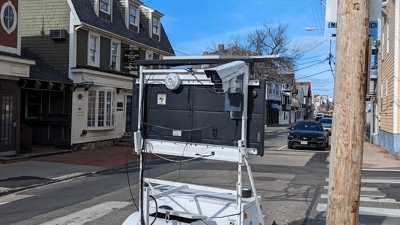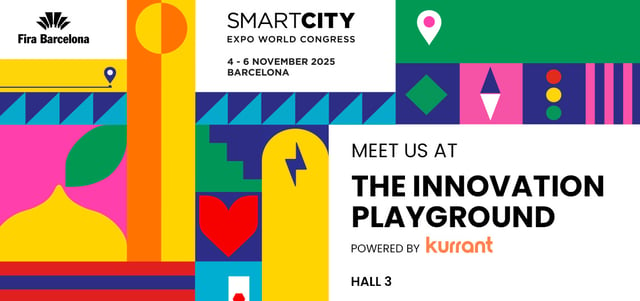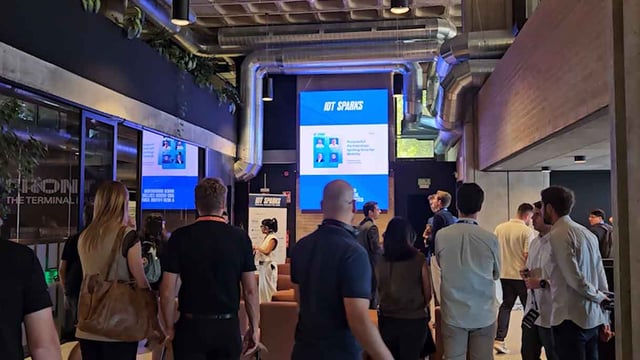Mobility Data: New Paradigm for Smart Cities
Mobility data is key in helping cities understand how people move around their territory, allowing them to make adjustments to their public transportation, or even the city infrastructure. We’ve seen the transition of data gathering going from traditional methods like pneumatic tubes or manual counting, to IoT sensors and vision AI, and now, we’re seeing data coming in from third parties thanks to GPS signals, cellular data and connected cars. This change in paradigm means that in many projects, hardware is becoming unnecessary. Interest in mobility data only continues to grow, why? Because of its use for traffic management, but also, other smart city verticals.
In this video, we interview Jeroen Verhoeven, from TomTom, Alex Pazuchanics, from Vianova, Behzad Bamdad Mehrabani, from Transport & Mobility Leuven, Andre Guimaraes, from Ubiwhere, and Phillip Hahn, from Yunex Traffic, to talk about how mobility data is used to manage how people move in a territory, how other smart city verticals use it and how the change in paradigm is changing the game.
Latest News
Stay informed with the latest insights from smart cities and utilities
Recent Events Coverage
Explore more insights from our latest smart cities and utilities events
Kurrant Originals
Watch our exclusive original video content
Stay in the Loop
Get smart cities and utilities insights delivered your way. Choose your channel
Join our WhatsApp Channel













